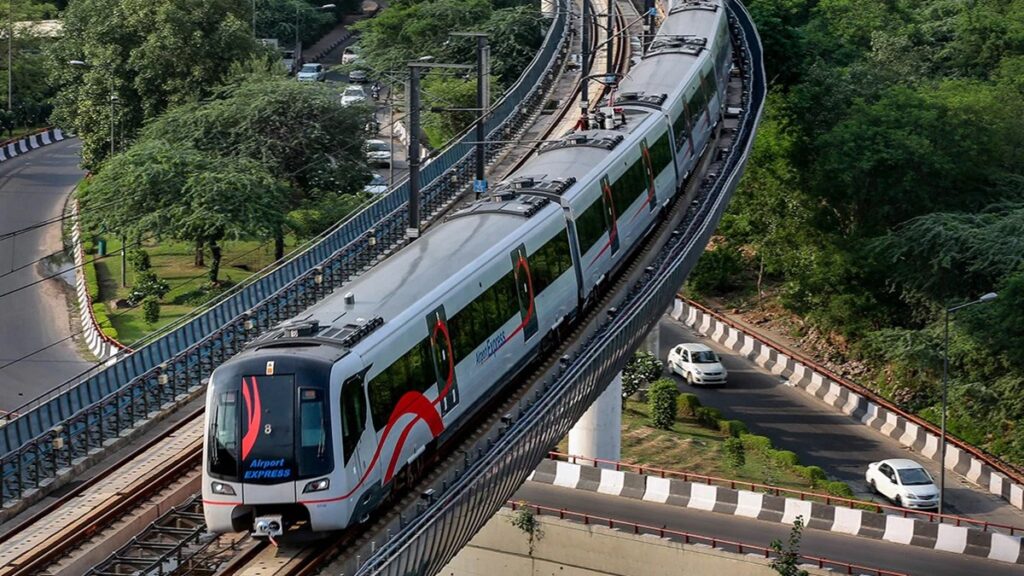India has officially become home to the world’s third-largest metro rail network, following a decade-long infrastructure push that has transformed urban mobility across the country. With more than 1,000 kilometers of operational tracks now spanning 23 cities, India joins China and the United States at the top of the global metro league.
The announcement was made by President Droupadi Murmu during her address to a joint session of Parliament, where she hailed the country’s rapid expansion of urban transit infrastructure as a cornerstone of India’s commitment to sustainable development and economic inclusivity.
“In 2014, metro services were limited to just five cities,” President Murmu noted. “Today, they are present in 23 cities, providing clean, efficient, and affordable transport to over 10 million passengers daily.”
A Decade of Accelerated Growth
India’s metro journey has accelerated dramatically in recent years. Backed by substantial central and state investments, the country has not only expanded the geographic footprint of its metro systems but also embraced advanced technologies such as driverless trains, contactless ticketing, and AI-based maintenance systems.
Much of this growth has occurred in Tier-2 cities such as Nagpur, Kochi, and Bhopal, signaling a policy shift away from metro exclusivity to India’s major metros like Delhi and Mumbai. New projects like the Delhi–Ghaziabad–Meerut Regional Rapid Transit System (RRTS) and extensions like the Rithala–Kundli corridor have further integrated suburban regions into India’s growing web of public transport.
Urban Mobility as a National Priority
Analysts say this milestone reinforces India’s urbanization strategy, which places infrastructure as a key driver of both economic growth and climate resilience. According to the Ministry of Housing and Urban Affairs, India’s metro systems have reduced road congestion and helped eliminate millions of vehicle emissions annually.
“The metro is more than just transport,” said Dr. Ritu Anand, an urban economist at the Centre for Policy Research. “It’s a lifeline for cities facing rapid population growth, traffic gridlock, and environmental stress.”
The 1,000-km mark places India’s metro network ahead of Japan, Russia, and South Korea, and underscores the government’s ambition to make mass transit a viable alternative to personal vehicle use in major cities.
Looking Ahead: More Cities, Smarter Transit
With new projects under construction in cities like Patna, Coimbatore, and Indore, India’s metro network is poised to expand even further in the coming years. The focus is not just on length but also on connectivity—ensuring seamless integration between metro systems, bus terminals, railway stations, and airports.
“This is not the finish line—it’s a milestone,” said an official from the Ministry of Railways. “Our goal is to ensure that no major Indian city is left behind in the metro revolution.”
As India reimagines its cities for a 21st-century future, the metro stands not only as a symbol of modernity, but also as a statement of intent: clean, fast, and inclusive transportation for all.


